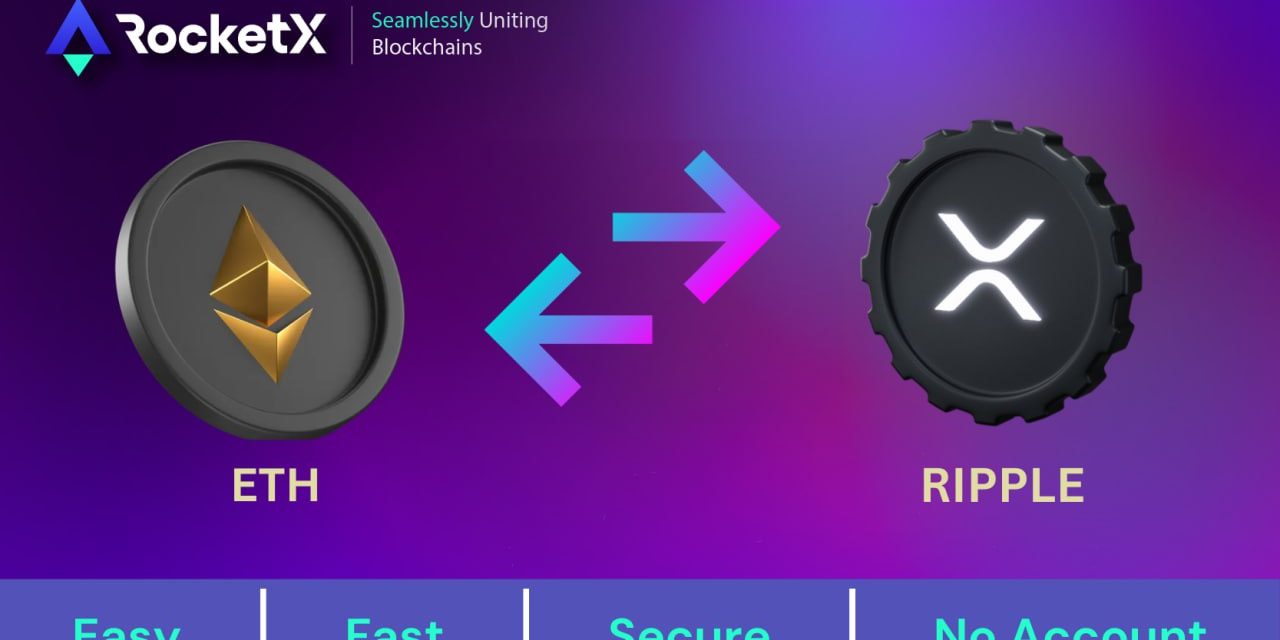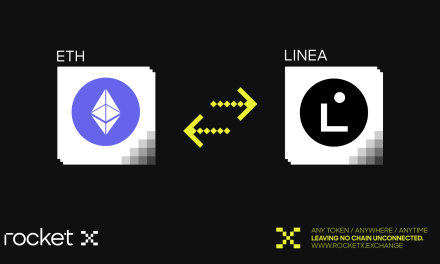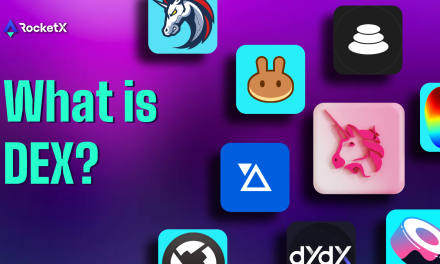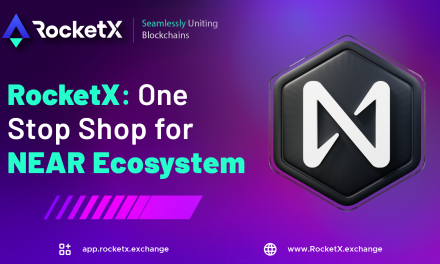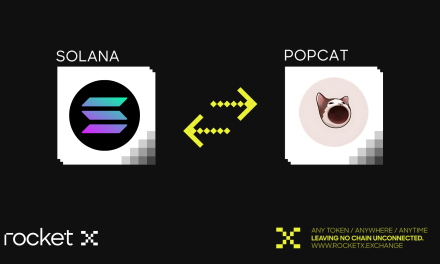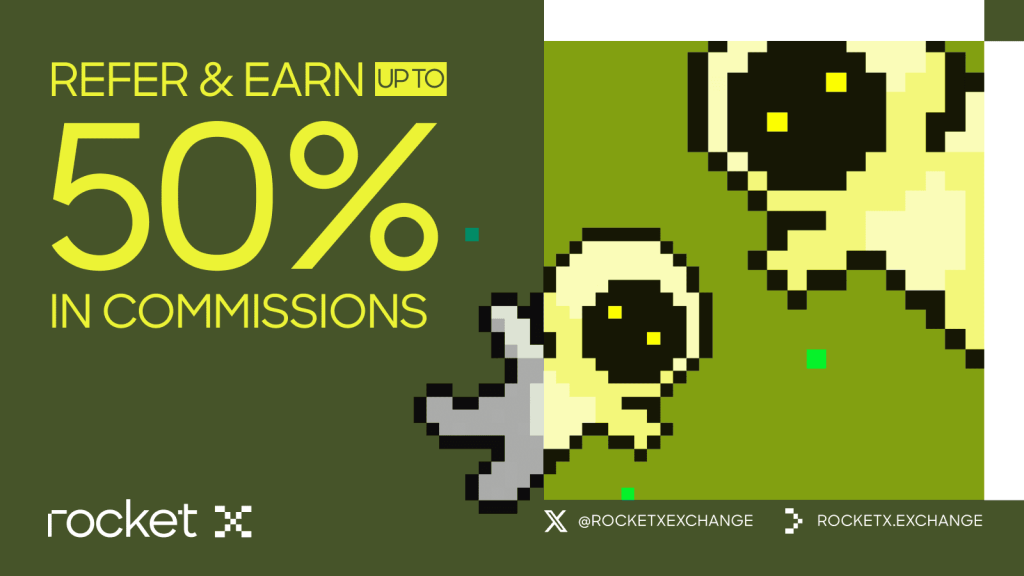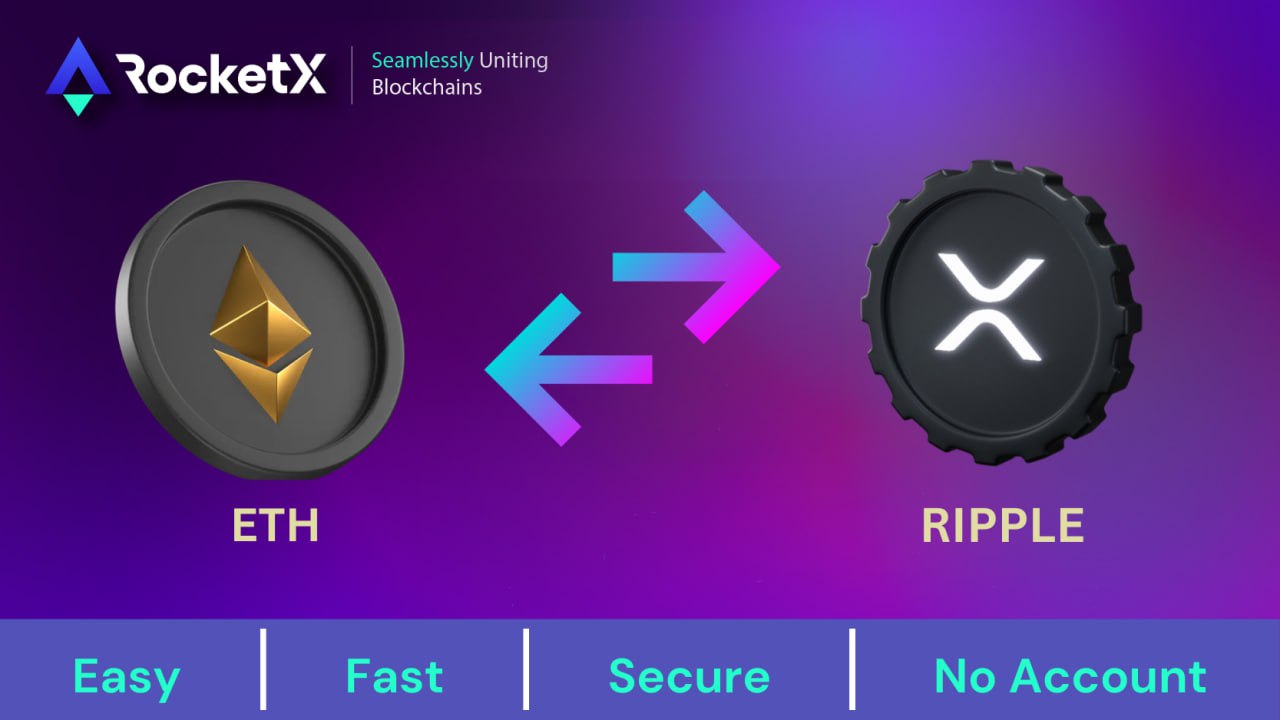
Ripple has been a game-changer in the rapidly changing world of digital finance, promising to change the very concept with which the world thinks about digital payments and cross-border transactions. The reason why Ripple and its connected cryptocurrency, XRP, have attracted so much attention from many sides is that they focus especially on improving international financial transactions.
It was founded in 2012 by Chris Larsen and Jed McCaleb. Chris Larsen provided much of the vision and strategy necessary for building this company. His chief intention was to employ the blockchain in such a way that it achieved more financially efficient and more transparent systems. On the other hand, McCaleb was an immensely talented technologist who authored most of Ripple’s technology. He was among the developers of the XRP Ledger and the RPCA algorithm.
What is Ripple?
Ripple, commonly referred to as XRP, is a cryptocurrency and payment network developed to assist in cross-border money transfer with the highest level of speed and low costs. It was founded by Ripple Labs in 2012 with the vision of serving as a bridge between various currencies and financial systems, enabling seamless global financial transactions.
Unlike many cryptocurrencies, It was never designed to supplant the banks; rather, it was designed to work in concert with them. It is a digital asset that banks and other financial institutions can use to derive liquidity for cross-border payments. This approach has positioned Ripple as a potential partner, rather than a competitor, to the existing monetary system.
The Technology of Ripple.
Ripple’s technology is centered around the Ripple Protocol Consensus Algorithm (RPCA), which relies on a network of trusted validators to confirm transactions. Unlike traditional cryptocurrencies that use energy-intensive methods like proof-of-work (PoW) or proof-of-stake (PoS), Ripple’s approach is designed to be faster and more efficient.
At the heart of Ripple is the XRP Ledger, a decentralized system that securely tracks and records all transactions. The RPCA mechanism eliminates the need for mining, allowing transactions to be validated almost instantly with minimal energy usage. This rapid validation process has made it an attractive option for financial institutions, particularly those looking to facilitate fast and low-cost cross-border payments.
Its ability to process transactions more efficiently, without the delays and high energy costs associated with traditional blockchain methods, has positioned it as a unique solution in the financial technology space. Its focus on streamlining international payments has led to widespread adoption among banks and financial institutions seeking cost-effective solutions for moving money across borders.
XRP Token: Key Features & Use Cases.
Speed and Efficiency: One of the most notable features of XRP is its transaction speed. While traditional bank transfers can take several days to complete and Bitcoin transactions may take up to an hour, XRP boasts transaction times of just 3 to 5 seconds. This impressive speed has made it a popular choice for those needing to transfer money across continents instantly.
Low Transaction Costs: Another strong advantage is that the transaction fee is lower. This is because cross-border payments involve high charges; several intermediaries cut until the amount reaches its recipient. Ripple significantly brings down such costs, as it supplies a route for cross-border money transfer that is direct and efficient. Cost-effectiveness will be the theme many individuals or institutions would want to save on expensive international transaction fees.
Scalability: The technology was designed to enable high throughput, which should make it scalable. The XRP Ledger can handle as many as 1,500 transactions per second; this figure is theoretically capable of further scaling. This makes Ripple pretty scalable and positions it as a real option for wide adoption in the global financial system.
Use Cases of XRP
- On-Demand Liquidity: A service that leverages the digital asset XRP for instant liquidity in cross-border transactions. Through Liquidity Hub, financial institutions can source liquidity on-demand, negating the need for pre-funded accounts and, consequently, reducing both the cost and time to process cross-border payments.
- RippleNet Cloud: RippleNet Cloud is a cloud-based solution designed to seamlessly connect financial institutions to RippleNet, its global payments network. This platform enables faster deployment, lowers operational costs, and simplifies maintenance compared to traditional on-premise systems, making it a more efficient option for institutions looking to integrate into RippleNet’s global payment infrastructure.
- Line of Credit: It also extends a line of credit service wherein eligible customers can draw funds to facilitate cross-border payments using XRP. The idea behind this is that the enterprise will use the upfront capital to make investments or scale.
- University Blockchain Research Initiative (UBRI): Ripple Labs introduced UBRI to enhance and speed up academic research, technical advancements, and innovation in the fields of blockchain, cryptocurrency, and digital payments. This initiative collaborates with universities around the globe.
How to Convert ETH to Ripple(XRP): A Step-by-Step Guide using RocketX.
Through RocketX, users can access XRP on the Ripple Network, which offers the advantage of network selection.
Visit RocketX: Navigate to RocketX and establish a connection with your cryptocurrency wallet, including options like MetaMask.
Select Conversion: Identify the network from which you intend to convert assets to the Ripple Network. In this instance, we will be using Ethereum as our example.
Select Networks:
Source Network: Choose Ethereum (ETH).
Target Network: Choose Ripple Network (XRP).
Enter Conversion Details: Please state the amount of ETH you intend to convert into XRP. Confirm that the wallet address for receiving XRP on the Ripple Network is correct.
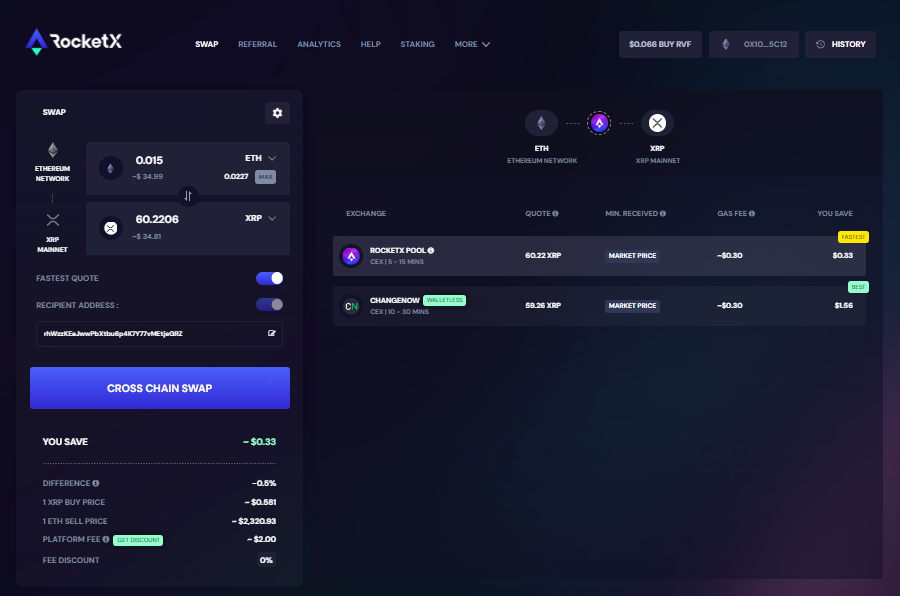
Review and Confirm: Review the conversion details, including fees and exchange rates, Once everything looks correct, click cross-chain swap to initiate the process. To proceed, confirm the transaction within your wallet.
Complete the Swap: The conversion will be executed by RocketX, with your XRP being transferred to the wallet you have indicated.
Top Wallets for Managing XRP on the Ripple Network
- Xaman
Type: Non-Custodial XRP Wallet
Features: Xaman is specifically designed for the XRP Ledger, making it a top choice for dedicated XRP users. As a non-custodial wallet, Xaman gives users full control over their private keys, ensuring that no third party has access to their assets, and providing enhanced security and autonomy for XRP holders. - Trust Wallet
Type: Multi-Currency Mobile Wallet
Features: Trust Wallet is one of the most popular wallets available, offering support for a wide range of cryptocurrencies, including XRP. Its flexibility makes it ideal for users who manage multiple assets, allowing them to store various cryptocurrencies in one place. With a user-friendly interface and comprehensive security features, Trust Wallet is a reliable choice for XRP and other crypto assets. - Xumm
Type: Mobile Wallet
Features: Xumm is a specialized XRP wallet built specifically for the Ripple network. It allows users to manage their XRP, interact with features of the XRP Ledger, and sign transactions directly on the network. With its focus on the XRP ecosystem, Xumm is a trusted tool for managing and engaging with the XRP Ledger.
The Future of Ripple and Its Potential.
The company continues to forge new partnerships and find new opportunities to apply its technology. Ripple’s interest in CBDCs shows that the company is quick to implement a progressive approach.
With an increasing number of financial institutions looking for ways to reduce costs and times for cross-border transactions, Ripple’s technology may reach a wider audience. If Ripple can find its way through the current regulatory challenges and continue proving the value of its technology, it is in a position to shape the future of global finance.
Cryptocurrency experts give annual forecasts for the price of XRP. For 2030, it is forecasted that XRP might be traded within the range of $5.01-$6.16. During the year, its average cost is forecasted to be around $5.19.
Conclusion.
Ripple cryptocurrency represents a bold step towards faster, more efficient digital payments and cross-border transactions. Its unique approach to working with existing financial systems, combined with its speed, low costs, and scalability, positions it as a potentially transformative force in the world of finance.
While challenges remain, particularly in the regulatory space, Ripple’s impact on the financial industry is undeniable. As the world becomes increasingly interconnected and the demand for seamless global transactions grows, technologies like Ripple may well become the backbone of a new, more efficient financial system.

